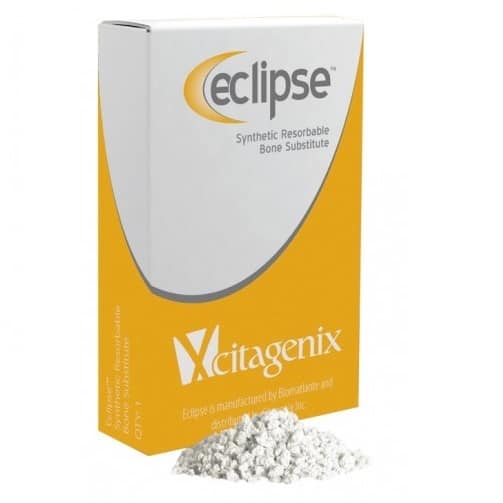Antibe Therapeutics has a massive upside: Echelon

 Keep your eyes on the prize, that’s the message for investors looking at Antibe Therapeutics (Antibe Therapeutics Stock Quote, Chart, News, Analysts, Financials TSX:ATE), according to Echelon Capital Markets analyst Stefan Quenneville. In a coverage initiation on Friday, Quenneville started ATE off with a “Speculative Buy” rating and $15.00 target, saying Antibe is gunning for the huge (US$65 billion annually) opportunity in pain relief medication.
Keep your eyes on the prize, that’s the message for investors looking at Antibe Therapeutics (Antibe Therapeutics Stock Quote, Chart, News, Analysts, Financials TSX:ATE), according to Echelon Capital Markets analyst Stefan Quenneville. In a coverage initiation on Friday, Quenneville started ATE off with a “Speculative Buy” rating and $15.00 target, saying Antibe is gunning for the huge (US$65 billion annually) opportunity in pain relief medication.
Toronto-based Antibe has a proprietary hydrogen sulfide platform to develop next-generation nonsteroidal anti-inflammatory drugs (NSAIDS) for pain and inflammation. The company’s lead drug is otenaproxesul, a hydrogen sulfide-releasing analog of naproxen, which is a widely used NSAID that causes significant gastrointestinal (GI) side effects whereas otenaproxesul has demonstrated strong efficacy and limited GI side effects in Phase IIb trials with osteoarthritis (OA) patients.
Earlier this month, Antibe delivered a corporate update where the company said it’s entering the homestretch in the strategic monetization of otenaproxesul. The drug’s Phase III preparations are on schedule, with eight Phase III-enabling animal studies completed and two more to go, according to the company, and its manufacturing partner is in the final stages of tablet production.
Antibe said it will be submitting otenaproxesul’s Investigational New Drug (IND) application to the US FDA “within weeks,” while the COVID-19 pandemic has made large clinical trials more difficult to start up, meaning the company is now guiding for trial initiation to begin in the second half of 2021.
In his report, Quenneville outlined a number of elements making Antibe an attractive investment, starting with the huge market for pain medication.
“Based on clinical evidence to date, otenaproxesul has demonstrated efficacy while avoiding major side effects, positioning it as a drug with US$2.2 billion in probability- adjusted peak sales potential should its soon-to-be-launched Phase III program prove to be successful. This entails two pivotal efficacy trials and two safety trials, with the first of the four expected to launch later this year,” Quenneville wrote.
The analyst said ATE’s risk/reward profile is skewed to the upside with several near-term milestones, including a potential partnership deal for the commercialization rights to otenaproxesul, where Quenneville anticipates a deal with a Big Pharma partner within the next year (a meaningful catalyst for the stock, he said).
“Additional value-enhancing milestones such as the initiation of its Phase III program and sale of its Citagenix dentistry business are also expected. While we are bullish on otenaproxesul’s clinical success, the key risks centre on Phase III results that will
only read out in 2023, proving an attractive entry point for investors in the interim,” Quenneville wrote.
Quenneville also made a point of including Antibe’s board and management among its pluses, saying their experience is a differentiator that should improve the odds of otenaproxesul becoming a clinical and commercial success.
As for Antibe’s balance sheet, Quenneville described it as healthy (ATE closed a $28.75-million equity offering this past June and ended the calendar third quarter 2020 with $22.4 million in cash on the balance sheet) but added that additional financing will be needed to complete the Phase III trials. He said Antibe will likely raise between $30 and $50 million during the back half of 2021, assuming a partnership deal doesn’t come ahead of that. Quenneville said divesting Citagenix, a regenerative medicine company that primarily supplies dental grafting products, could come by the end of 2021 or the start of 2022 and fetch between $5 and $10 million. (Citagenix currently makes up ATE’s revenue at $10 million for fiscal 2020.)
Antibe’s share price was on the rise over the first half of 2020 but suffered a severe drop midway through the year. According to Quenneville, one of the events that impacted investor confidence in the stock and company was a series of insider stock sales occurring in June of last year, which followed up the release of Phase IIb results from otenaproxesul. But Quenneville said the insider selling, often seen as concerning by the market, came about due to expiry dates on long-term options rather than as a response to any particular events related to the company’s business, with the analyst ultimately chalking up the event to bad judgement with little greater portent.
“Overall, our view is that this episode demonstrated poor planning and investor communication but does not signal a lack of confidence in the Company’s long-term prospects from management and insiders as demonstrated by their current 13 per cent holdings Antibe,” Quenneville wrote.
On the timeline for otenaproxesul, Quenneville is charting Phase III programs to start over the second half of (calendar) 2021 and conclude by the end of 2023, with the FDA filing coming afterwards and approval and US launch occurring in early 2025 and EMA approval and launch coming at the start of 2026.
By the numbers, Quenneville is expecting Antibe to generate fiscal 2021 (year end March 31) revenue of $9.0 million and an EBITDA loss of $23.8 million and fiscal 2022 revenue of $10.8 million and an EBITDA loss of $31.5 million. At the time of publication, Quenneville’s $15.00 target represented a projected 12-month return of 308 per cent.



